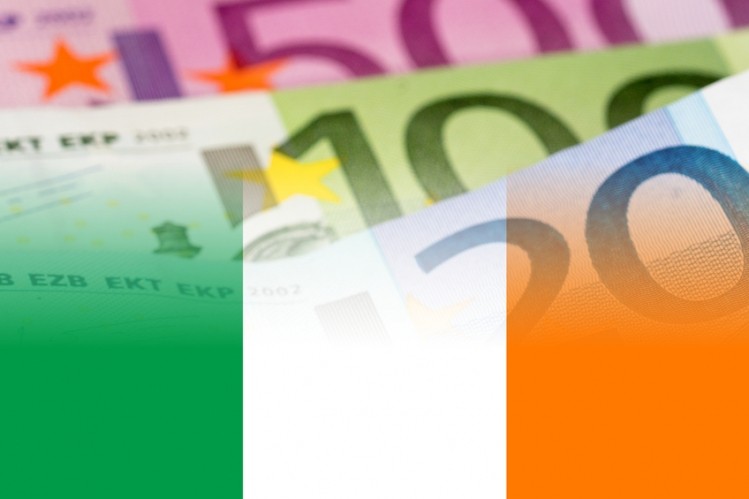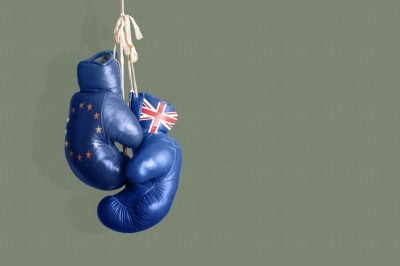Irish Food Board’s post Brexit-proof food & drink export figures

The Export Performance and Prospects report for 2017-2018 compiled by the country’s food board, Bord Bia, indicated this figure was up 13% from last year, buoyed on by dairy exports, sales of Irish beef, prepared foods and beverages.
“Last year marked the 8th successive year of growth for total Irish agri-food exports,” said Michael Creed, Ireland’s minister for agriculture, food and the marine.
“I am pleased that the significant additional resources provided by my Department to Bord Bia as a key part of our Brexit response has helped to support Irish food and drink company’s export performance in 2017, as evidenced by these results, and will continue to do so into the future.”
Sector breakdown
Dairy exports, which represent one third of all food and drink exports recorded a 19% growth on the previous year to post figures of over €4bn.
The value of Irish beef exports climbed by 5% to almost €2.5bn, with beef volumes available for export increasing to 615,000 tonnes. Average prices increased slightly by 1% per tonne.
Prepared foods, such as bakery, confectionary, and snacks, would continue to be vulnerable to currency exposure UK competition, said Bord Bia. However, the sector recorded a 17% jump to €2.2bn worth of sales.
Beverages also recorded an impressive growth rate of 8% reaching an export value of €1.5bn.
Bord Bia added that the overall value of the edible horticulture market for 2017 remained largely flat year on year at some €230m.
At €91m the mushroom sector remains the single biggest export. It also recorded flat growth for the year, constrained by price sensitivity and volume.
Bord Bia’s CEO, Tara McCarthy mentioned the currency risk would remain for the horticulture and prepared foods sector, adding that their prosperity largely depended on the UK market.
“Sterling volatility, combined with slower economic growth, food inflation and lower wage forecasts, will put further pressure on the UK market as an export destination,” she said.
“While the UK remains our most important market, these prospects provide an additional incentive for Irish exporters to explore new markets within the EU26 and beyond.”
Brexit preparations
In the past year Bord Bia, in collaboration with the country’s Department of Agriculture, Food and the Marine, has been working with the agri-food industry to develop a more data-led approach to extend export destinations and identify markets that Ireland could do well in.
The action has been made more urgent by the advent of Brexit, which has forced Irish exporters to look further afield and grow its presence in international markets.
Despite the percentage share of exports to the UK declining by two points to 35% of total exports, sales still increased for the year by 7% to over €4.5bn.
Exports to the EU increased by 16% to over €4bn mainly driven by healthy dairy exports, but also a growing demand for seafood and pigmeat sales. A strong showing by beverages and prepared foods was also noted.
Ireland’s international exports
Internationally, Irish produce was on the up growing 17% to over €4bn for the first time. Key markets include North America, Africa and Asia, which showed strong demand for dairy products, representing around 45% of all sales to international markets.
Further expansion was recorded in the US with growth levels exceeding €1bn for the first time, followed closely behind by exports to China achieving a 5% growth for the year to €700m, driven mainly by dairy and pigmeat.
“While Brexit remains the great unknown, we still expect 2018 to be another year of growth, albeit at lower levels,” said McCarthy.
“Our key export categories, dairy and beef, remain stable with further volume growth anticipated. This coupled with the significant opportunities evident in beverages, in particular Irish whiskey, provide further reasoning for the positive outlook.”

















